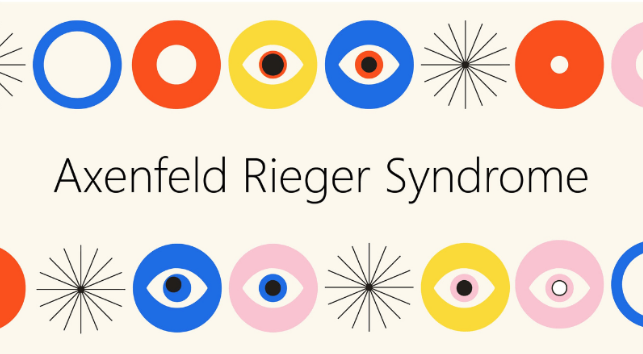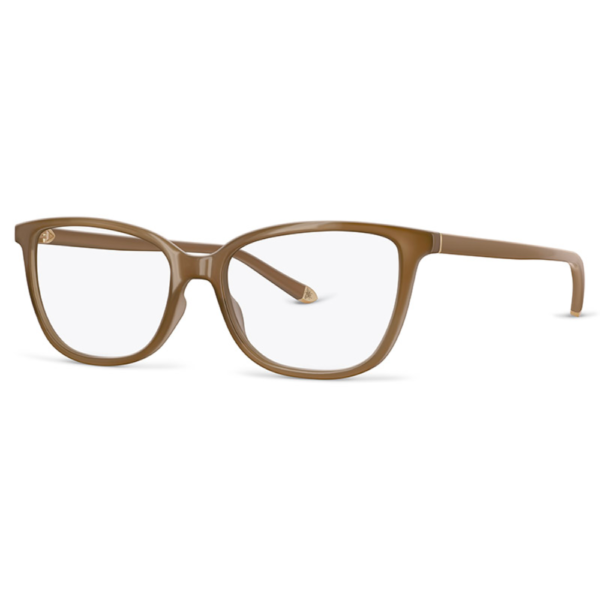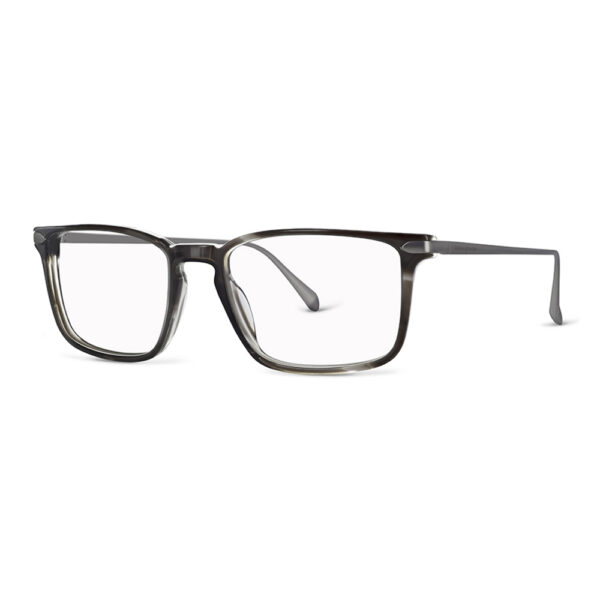Axenfeld Rieger Syndrome: A Genetic Disorder of the Eyes
Axenfeld Rieger Syndrome was once known as the Axenfeld Anomaly, the name that derived from the renowned German Ophthalmologist, Theodor Axenfeld. He specialised in the study of anterior segment disorders, particularly those related to Rieger Syndrome and the Axenfeld Anomaly. This genetic disorder is characterised by abnormalities in the eyes, teeth, and facial structure, which can greatly impact a person’s quality of life.
What is Axenfeld Rieger Syndrome?
The condition known as Axenfeld-Rieger Syndrome is a rare genetic disorder that can have a significant impact on an individual’s health. This autosomal dominant disorder can affect various parts of the body, including the teeth, eyes, and abdominal region. One of the most common manifestations of this syndrome is the development of eye abnormalities in babies, which can lead to glaucoma later in life. One particular area that is often affected is the anterior segment of the eye, resulting in thin or poorly developed iris. While this condition may be rare, it is essential to be aware of its potential impact and seek appropriate medical care if necessary.
Individuals who possess Axenfeld Rieger Syndrome often exhibit a misaligned pupil (corectopia) or multiple iris holes that resemble additional pupils (polycoria). This condition can also lead to irregularities in the cornea, which is the outermost layer of the eye. Axenfeld Rieger Syndrome is a rare ailment, affecting only one out of every 200,000 newborns annually.
Healthcare providers typically diagnose Axenfeld Rieger Syndrome during infancy when symptoms begin to manifest. This condition stems from a mutation in a child’s gene, which is the sequence of DNA.
Axenfeld Syndrome has a significant impact on a child’s vision and can result in a range of complications depending on the severity of the condition. It is typically observed in both eyes of a child, known as Axenfeld-Rieger Syndrome. A staggering majority of babies born with this syndrome are at a greater risk of developing glaucoma in their later years. In fact, Axenfeld Syndrome is often linked to glaucoma, and the two conditions are often mentioned together.
Causes Of Axenfeld Rieger Syndrome
Axenfeld-Rieger Syndrome, a hereditary condition, is commonly passed down from parents to their offspring. Medical professionals often classify it as a congenital disorder. The primary cause of this condition is mutations in the FOXC1 and PITX2 genes, which play a crucial role in the development of a growing fetus, particularly in the formation of the eyes.
This genetic disorder follows an autosomal dominant pattern, meaning that only one copy of the mutated gene is required to pass it down to a child. However, the presence of the genetic mutation in a parent does not necessarily result in their child inheriting the syndrome. The likelihood of a child developing Axenfeld-Rieger Syndrome if one parent carries the mutation is 50%.
Symptoms of Axenfeld Rieger Anomaly Syndrome
There are two types of Axenfeld Rieger Anomaly Syndrome- Ocular Symptoms and Systemic symptoms.
Ocular Symptoms
There are a few ocular Axenfeld Rieger Syndromes that help us to identify the disease among people. They are as follows-
- Thin or underdeveloped irises.
- Off-centred pupils, or pupils that are out of their usual place.
- Issues with the cornea
Axenfeld Rieger Syndrome will make the child more likely to develop other eye conditions, including:
- Glaucoma
- Cataracts
- Coloboma
- Macular Degeneration
- Strabismus
Systemic Symptoms
Systemic symptoms of Axenfeld-Rieger syndrome are less common than ocular symptoms. If the child has systemic symptoms, they might include:
- Issues with their skull– Hypertelorism (wide-set eyes) and a flattened face shape. Axenfeld-Rieger syndrome can also cause babies to have an unusually broad, prominent brow or forehead.
- Dental symptoms– Babies with Axenfeld-Rieger syndrome are sometimes born with unusually small teeth. They might be missing some teeth too.
- Extra skin– The child might develop extra folds of skin on their abdomen near their belly button. Babies assigned male at birth sometimes also develop extra skin on the underside of their penis.
- Narrow urethra or anal openings
- Heart defects
- Issues with their pituitary gland– Babies born with Axenfeld-Rieger syndrome can sometimes have delayed growth (they take longer to start growing and developing than most children).
How is Axenfeld Rieger Syndrome diagnosed?
When a child presents with certain physical abnormalities, such as issues with their eyes or other parts of their body, it may be indicative of Axenfeld-Rieger Syndrome. Typically, this condition is diagnosed at birth, but it may also be identified later on as symptoms manifest. To diagnose the disorder, an ophthalmologist will conduct a thorough examination of the child’s eyes, including the interior structures. This may involve several tests to determine the presence of Axenfeld-Rieger Syndrome.
Remedy For Glaucoma Caused by Axenfeld Rieger Syndrome
The course of treatment for Axenfeld-Rieger syndrome is contingent upon the specific symptoms the child is experiencing and the root cause of those symptoms. It is essential to consult with an ophthalmologist to determine which treatments will be necessary and how frequently follow-up appointments will be needed to monitor changes in the child’s eyes and overall health.
It is worth noting that glaucoma is a common issue that children with Axenfeld-Rieger syndrome encounter. As such, treatment for this condition is often required. Glaucoma is a term used to describe a collection of eye disorders that can cause harm to the optic nerve. If left untreated, glaucoma can lead to blindness. Typically, fluid accumulates in the front of the eye, which creates pressure that damages the optic nerve. Healthcare providers refer to this pressure as intraocular pressure or eye pressure.
The most common treatments for glaucoma include:
- Medicated eye drops
- Laser treatments drain fluid from the child’s eyes
- Surgery to relieve pressure
Treating glaucoma can slow down additional vision loss. However, it cannot restore lost vision. It is important to see the eye care specialist right away if the child has glaucoma symptoms, including:
- Eye pain
- Severe headaches
- Vision problems
Get your child an eye test and start with the treatment of the Axenfeld Rieger Symptom (if caused) and also as a part of the regular eye checkup.










